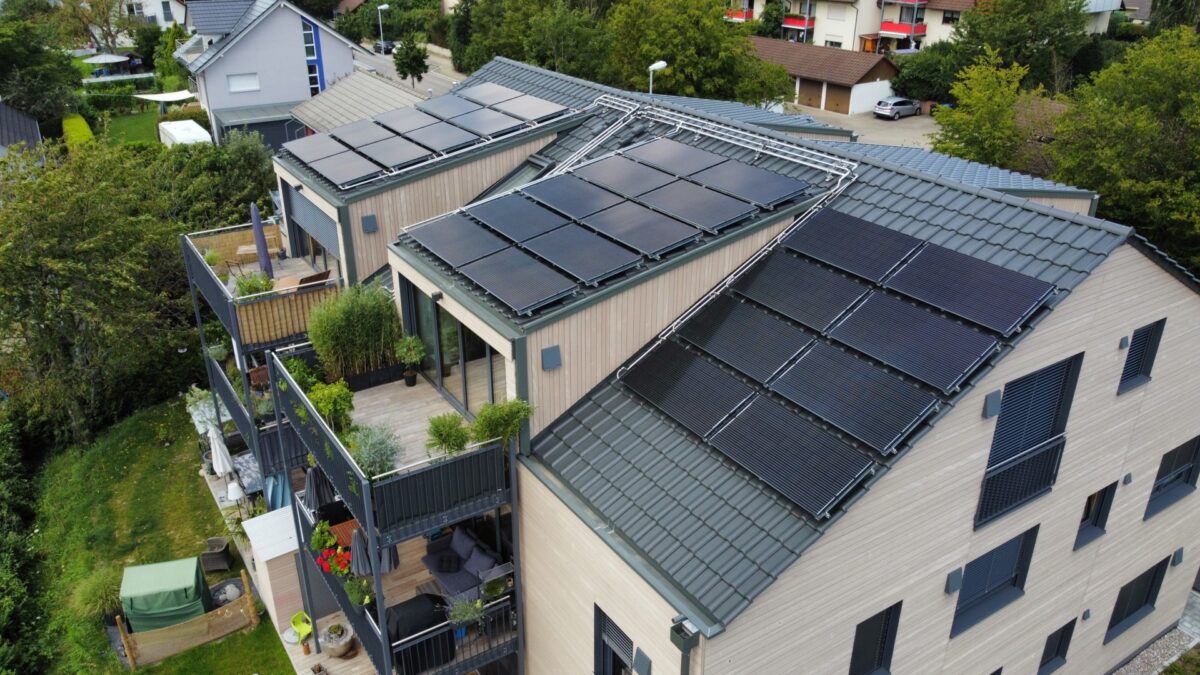A research group in India has experimentally compared the performance of PV and PVT systems under real-world conditions and found that PVT installations offer significant stability advantages, particularly in hot climates.
The team set up both systems on a rooftop at an undisclosed location. The setup included PV and PVT modules, pyranometers, thermometers, and, in the PVT system, a gravity-fed cooling system. Researchers also used a machine learning method known as Random Forest to classify the systems’ operational efficiency.
“The novelty of the current work lies in its integrated approach, combining real-time field experimentation, machine learning-based efficiency classification, and detailed thermal-electric performance comparison between PV and PVT systems using perovskite modules,” said the researchers. “Unlike earlier studies that focused primarily on simulations or isolated lab experiments, this study was conducted under dynamic environmental conditions using calibrated sensors and an adaptive thermal collector.”
The PV system used a monocrystalline silicon module with a maximum power of 60 W and an efficiency of 15.2%. The module had 36 cells and measured 680 × 540 × 35 mm. The PVT system also used a 60 W monocrystalline silicon module. Its thermal collector was a copper pipe embedded in an aluminum absorber plate, with water as the working fluid. It reached a peak thermal efficiency of 43.37%.
The analysis was conducted over 10 days in July 2024. Data recorded during cloudy or rainy periods was excluded due to inconsistent solar radiation. Average global solar radiation data came from the Natal-A304 meteorological station operated by Inmet.
Results showed the PV system’s electrical power ranged from 35.85 W to 49.55 W, with an efficiency of 6.62% to 8.43%. The PVT system produced between 36.21 W and 49.54 W of electrical power, with an electrical efficiency of 7.25% to 8.67%. Its maximum thermal efficiency was 43.37%, and it generated up to 315.6 W of thermal power.
The Random Forest model achieved 97% prediction accuracy in classifying performance into low-, moderate-, and high-efficiency zones.
“This predictive modeling approach was experimentally verified using hourly data, strengthening its applicability for real-time monitoring and control,” they said. “The study demonstrated a 291.6 % increase in thermal energy output compared to electrical output in PVT systems. These results show the performance and stability advantages of PVT systems, especially in hot environments.”
The findings appear in “Enhancing solar energy efficiency through comparative analysis of photovoltaic and hybrid photovoltaic-thermal systems,” which was recently published in Solar Energy Materials and Solar Cells. Researchers from India’s Government College of Technology, Annapooranaa Engineering College, Hindusthan College of Engineering and Technology, Saveetha University, and Chitkara University contributed to the study.








By submitting this form you agree to pv magazine using your data for the purposes of publishing your comment.
Your personal data will only be disclosed or otherwise transmitted to third parties for the purposes of spam filtering or if this is necessary for technical maintenance of the website. Any other transfer to third parties will not take place unless this is justified on the basis of applicable data protection regulations or if pv magazine is legally obliged to do so.
You may revoke this consent at any time with effect for the future, in which case your personal data will be deleted immediately. Otherwise, your data will be deleted if pv magazine has processed your request or the purpose of data storage is fulfilled.
Further information on data privacy can be found in our Data Protection Policy.